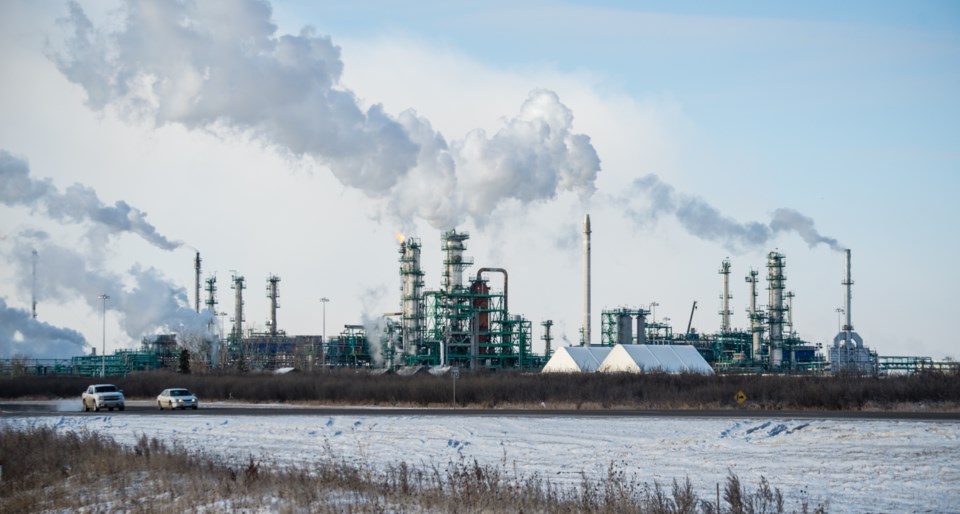In recent weeks two major developments have come up in the Saskatchewan oilpatch, the type that occur only once in a generation.
First Husky Energy said they were looking at an expansion of their asphalt refinery in Lloydminster. This could happen in the vacant land to the north of the existing refinery. But if not, they could build on a new site. If so, essentially it would be a new refinery, although more likely it would be an addition to the upgrader complex on the Saskatchewan side of the city.
Then on Dec. 1 we had the announcement that Tempe, Az.-based Quantum Energy, Inc. had formed a Canadian subsidiary, Dominion Energy Processing Group, Inc., Their intention is to build a new, greenfield refinery at Stoughton, adjacent to Crescent Point Energy Corp.’s Viewfield gas plant. This proposed refinery is pegged at 40,000 bpd.
Suddenly we’ve got two refinery projects in the works, with a combined processing capability of 70,000 bpd. Given that Saskatchewan’s current production is now around 454,000 bpd, this new refining capability would handle about 15 per cent of our production. That’s nothing to sneeze at.
Quantum made of a string of announcements for new, small scale refineries across North Dakota and Montana in the first half of 2014. It’s key to remember that date, because oil was still floating around $100 per barrel. Since then, they have failed to scratch dirt on any of those proposals.
But let’s take that into context. How many billions of dollars of projects in the oilsands have been canned as a result of the two-year decline in the oil industry? Those projects were with companies with some of the deepest pockets in the world, and they didn’t go ahead.
Also, more than 20 liquefied natural gas plants have been proposed for the British Columbia coast, and not one has scratched dirt yet, either. So we can see that getting greenfield projects of this scale off the ground can be difficult, to say the least.
There are several advantages to building now. Labor availability is very high, labour costs, correspondingly, are low. The housing shortage that plagued the southeast is long gone, which means a builder can likely get away without having to pay for a camp. Commodity prices for things like steel are down. Fab shops are desperate for work, and with sharp pencils, will likely jump at such an opportunity.
Finally, if you are an American refinery developer, your dollar will go a lot farther building north of 49 versus south, given our dollar is trading around 75 cents U.S.
One other thing about refineries: they tend to expand over time. The Co-op Refinery Complex in Regina completed its fifth phase expansion a few years ago. The proponents of the Stoughton proposal are already planning with an eye to expansion down the road. The Husky project is, by definition, an expansion.
It’s a long road from proposal to first oil. World oil prices can and do play havoc with project economics, financing and timelines. We’ve got a long way to go before first oil is achieved at either of these projects. But if they do come to pass, they are some of the most important developments in this province in a generation.



